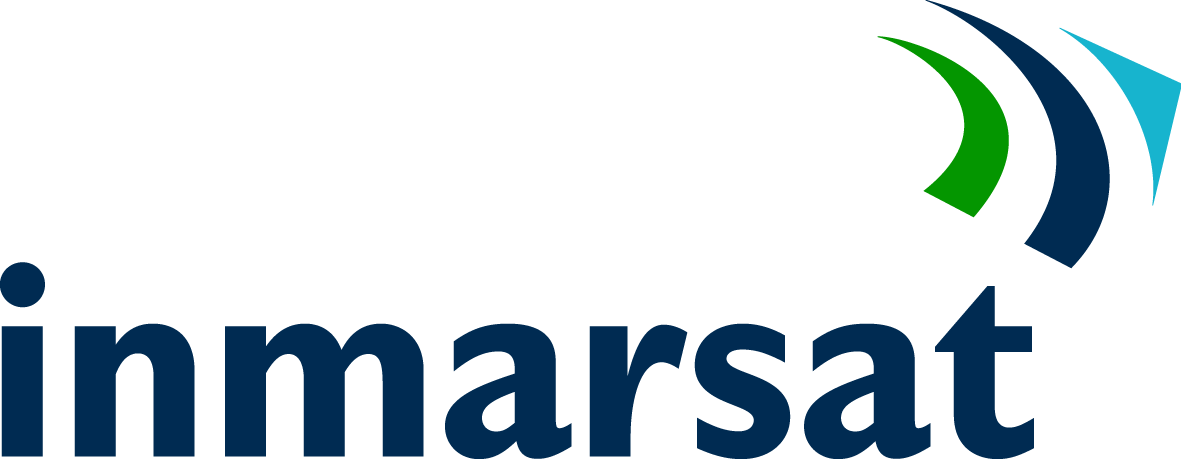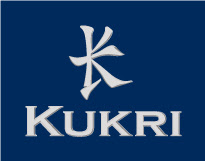Finally, we sighted Rockall at about 1430 hours from seven miles out, after a twelve hour cruise. It still look another half an hour to draw close, during which time I donned my Safequip dry suit and PFD and made sure that dry bags, flag poles, whisky casks, etc. were all in place for a swift transition to the tender and then onto the rock.
Once we were close enough, about 100 metres away, and after having motored around the rock to recce for landing spots in the swell, the RIB was lowered off the back of Orca 3 and I jumped aboard. My first attempt at landing was inauspicious, after pushing in as close as we could in the swell and picking a suitable landing point, I went to jump off the bow, only for the tender to drop away from me on the ebbing swell. With nothing to push off, I toppled head first into the drink, but my Safequip drysuit and PFD did their job and I quickly bobbed to the surface and was hauled back into the tender.
Angus Campbell decided we needed to bail out the boat, so we headed back to Orca 3, where everyone thought we'd given up. But no, a quick turnabout saw us motoring towards to Rockall again, and this time we had timed it perfectly. As we headed into the rock, the swell dropped us but then on the next rise we were sucked into the wall which gave me the opportunity to launch from the bow and scramble as fast as possible to a safe point above the swell line.
Having caught my breath, and constantly reminding myself to take care in choosing good foot and hand holds, I inched across and up the rock wall towards the top. The holds varied between bomb-proof and slim, but the coarseness of the rock provided decent grip, and I made good progress. After what seemed like half an hour, but in reality was probably ten minutes, of climbing I was there, on the flat platform that marks the summit; just me, a few birds and the shell of the light beacon placed there in 1972 after the summit had been removed the previous year by the Royal Engineers.
I proceeded down to Hall's Ledge with the ring bolts that Greenpeace had left in 1997 making the climbing much easier. Once there and on reasonably level ground, I had time to take in my surroundings, rub down and read the various plaques that mark the history of successive landings and take a few photos. The next job was to haul my gear up the vertical east face of Rockall. This proved much harder than I had imagined due to the swell sucking the bags down, friction from the coarse rock and the slipperiness imparted to the rope by the guano.
Angus decided that the best alterative method was to try to use a rocket launcher to get a new line to me. He had , I later found out, never used one of these before! Angus's aim proved true and I had to duck out of the way as the fiery projectile came hurtling rapidly towards my head! It’s something that will stick with me for a while: what appeared from my angle to be a fire ball roaring towards my face; I could see the headline “Adventurer shot off Rockall”.
The most westerly Scottish distillery, Abhainn Dearg in Lewis, had given me a cask to take to the summit. At only 15kg, on dry land this seemed a simple request, however out in the North Atlantic it was not. I could not pull the barrel out of the swell zone, and having got the keg as high as I could, it was at least touching Rockall, I tied off the line so as not to lose it. Within minutes the line snapped with the tail pinging past my head and the cask floated away to sea. Luckily it was spotted by the tender who quickly retrieved the barrel and got it back on board.
Photos taken, and memories made, I was requested to return to Orca 3 as the weather was turning for the worse earlier than forecast. I'd been on Rockall for an hour, but with all the action it felt like ten minutes. I was left with one drysack and the remains of the flag pole to retrieve, but very little in the way of ropes. Deciding to tie my static abseiling line to the remains of the haul line, I lowered the poles and bag over the edge to the waiting tender. These got caught on the jagged rock below so I retrieved them and decided with much shouting to the tender that the best option was to throw down the line for them to retrieve followed by the bag and the poles would follow. Half of the plan worked! In being launched over the side, the poles broke free and a sacrifice was made to the sea gods. Fortunately the bag sailed high and wide, despite its weight, and made it to the ocean. Unsurprisingly the climbing rope sank and so the tender had to come close in to the rock to retrieve the line. The bag and its contents were hauled aboard. Surprisingly, a bottle of whisky within had remarkably remained intact despite all the action!
All that remained on Rockall was me. I down-climbed the route that I had taken up, and in some respects this was much easier than the climb up. I took a minor detour and had to back track, but otherwise it went well and I made it to the surf line. Taking a moment to decide which direction to jump, the decision was made for me! In one last act of dominance, a wave came from the side and slapped me off the face of Rockall. I hit the water hard, but again my equipment did its job and I swam as quickly as I could to get out of the surf and rejoin the tender.
Once back on Orca 3, there was lots of congratulating and hand shaking before I took a seat and a moment to take in what I had achieved. Very few people have seen Rockall let alone set foot on it, and many of those who have landed didn't make it to the top. To have visited, landed and summited, albeit briefly, was a fantastic feeling. Raising money for Help for Heroes in the process added to the feeling of success.
We had to move quickly as the weather was turning, which was why I hadn't stayed on the rock overnight. Everything, including the tender, was pulled aboard and lashed down and we head east towards St. Kilda. I managed to get eight or nine hours of sleep on the journey back, and awoke to a ghost ship in Village Bay; everyone else on board was asleep. There had been much sea sickness overnight as it was a rough crossing which I had fortunately missed. Angus awoke, and proclaimed that he wasn't going back out to Rockall for a very long time!
www.kildacruises.com
http://www.safequip.co.uk/
http://www.rutlandoutdoor.com/b/506/Adventure-Medical-Kits.html
http://store.aquapac.net/
http://www.tacklestore.net/










